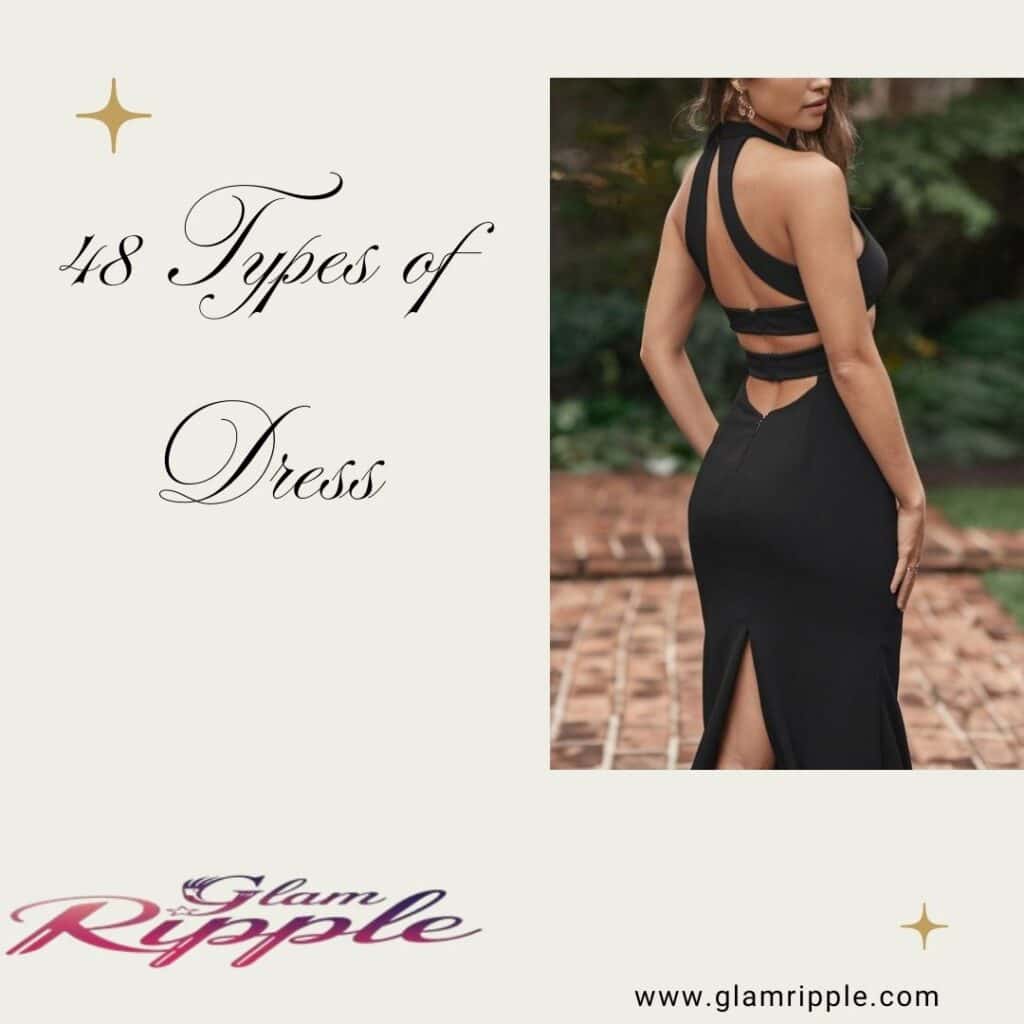In the ever-evolving fashion world, dresses are versatile, timeless pieces that can make a statement in any wardrobe With 48 Dress Types Styles Meanings and How to Wear Them the array of options from casual sundresses to elegant evening gowns is nothing short of astounding.
Each dress type carries its unique style and significance, offering endless possibilities for self-expression and occasion.
Understanding Dress Basics
Before we dive into the myriad of dress styles available, let’s establish a foundation for understanding what defines a dress and how these garment types are categorized.
What Defines a Dress?
A dress is typically a one-piece garment consisting of a skirt with an attached bodice. It covers the body and extends down to varying lengths, from mini to maxi. Dresses can be formal or casual, loose or fitted, and are designed for a wide range of occasions and body types.
Factors Influencing Dress Design
Several factors play a role in shaping dress designs:
- Occasion (e.g., casual, formal, work, special events)
- Culture (traditional and contemporary influences)
- Climate (seasonal appropriateness)
- Fashion trends
- Personal style preferences
How Dresses Are Categorized
Dresses can be classified based on various characteristics:
- Length (mini, knee-length, midi, maxi)
- Silhouette (fitted, A-line, empire, shift)
- Neckline (V-neck, scoop, halter, off-shoulder)
- Sleeves (sleeveless, short, long, cap)
- Waistline (natural, drop, high)
- Fabric (cotton, silk, polyester, wool)
Dress Types by Length
Midi Dresses
Mini dresses, popularized in the 1960s, are short dresses that typically end mid-thigh. They’re perfect for showcasing legs and creating a youthful, playful look.
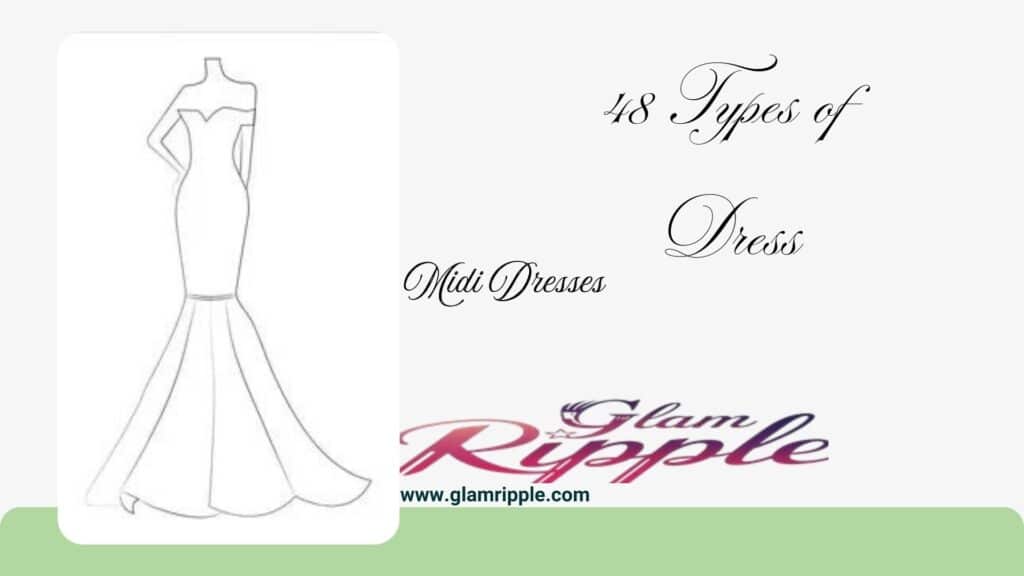
Classic Mini Dress
- Length: Mid-thigh
- Best for: Casual outings, parties
- Styling tip: Pair with flats for a day look or heels for evening wear
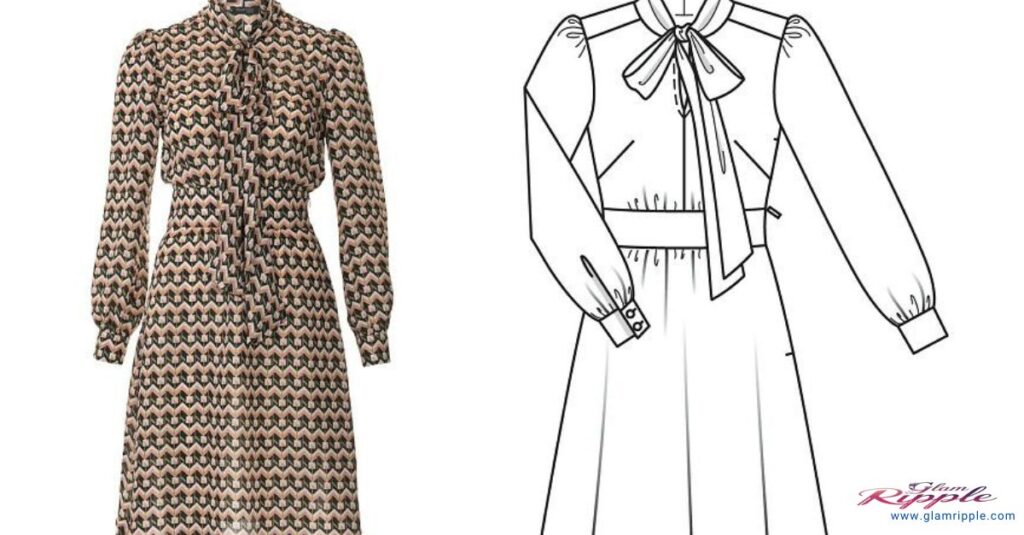
Babydoll Dress
- Characteristics: Short, high-waisted dress with a loose, flowing skirt
- Origin: 1940s lingerie, popularized as outerwear in the 1960s
- Best for: Casual wear, summer events
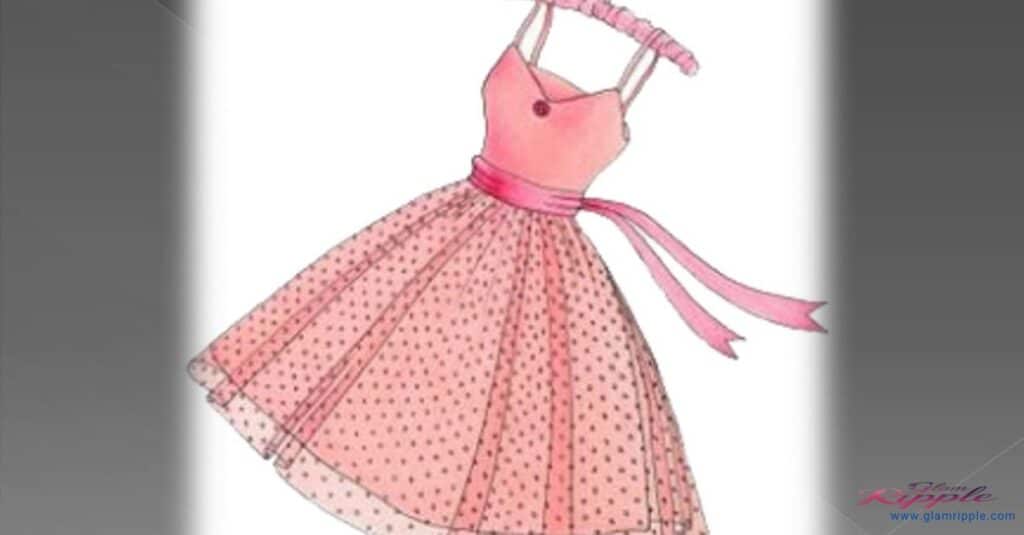
Knee-Length Dresses
Knee-length dresses offer a versatile option suitable for various occasions, from work to semi-formal events.
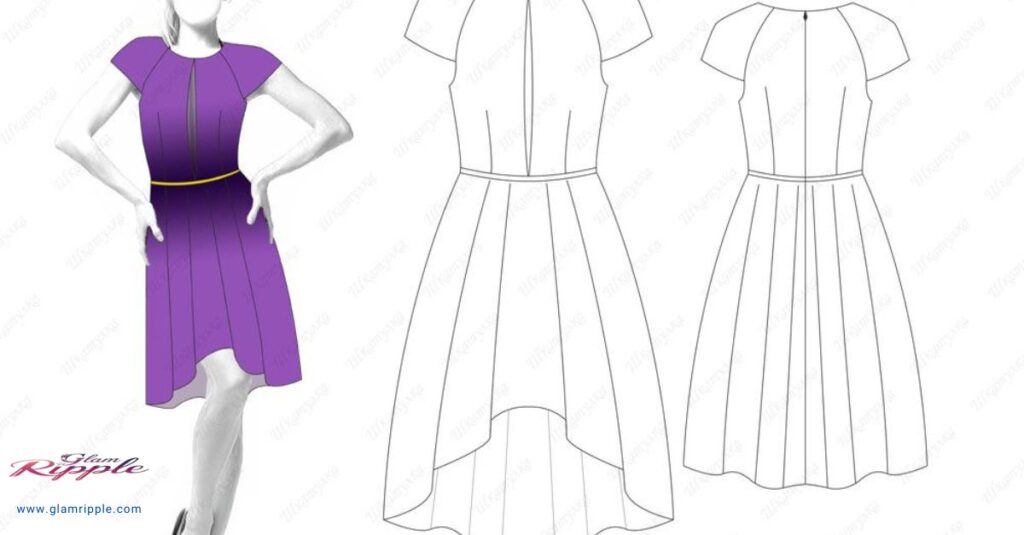
Tea-Length Dress
- Length: Between knee and ankle (usually mid-calf)
- Origin: 1920s, named after dresses worn to afternoon tea
- Best for: Semi-formal events, garden parties

Cocktail Dress
48 Dress Types Styles Meanings, and How to Wear Them showcases the versatility of cocktail dresses, which are the epitome of semi-formal attire.
Perfect for evening events that aren’t quite black-tie, these party dresses typically fall at or just above the knee, offering a range of elegant styles that blend sophistication with flair.
Read more about Dress Styles

- Length: At or above the knee
- Best for: Elegant events, dinner parties
- Styling tip: Accessorize with statement jewelry and heels
Midi Dresses
The midi dress has become increasingly popular in recent years, offering a perfect balance between casual and formal wear.
- Length: Mid-calf
- Best for: Work, brunch, date nights
- Styling tip: Pair with heels to elongate the leg
“The midi dress is the unsung hero of a versatile wardrobe. It’s appropriate for nearly any occasion and flatters most body types.” – Fashion stylist Rachel Zoe
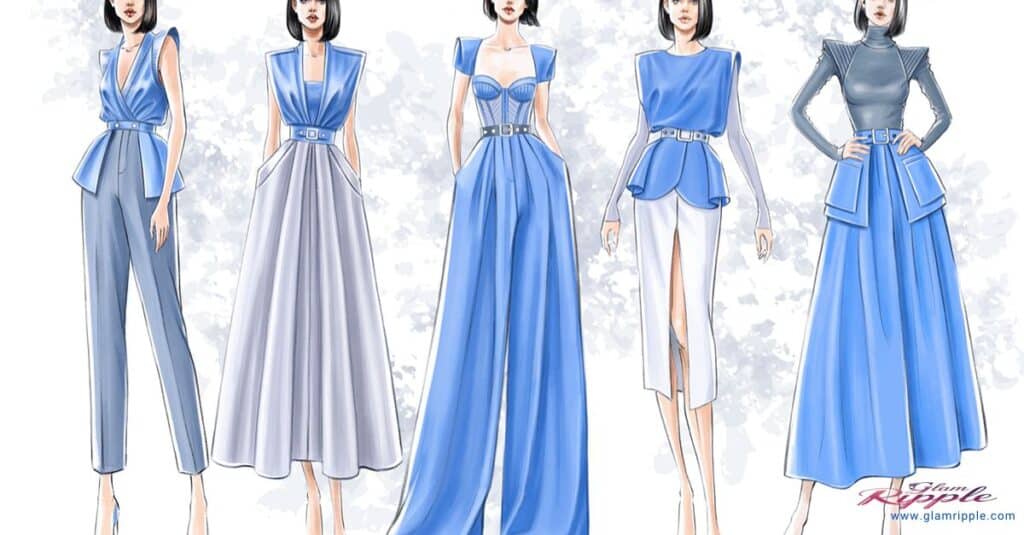
Maxi Dresses
Maxi dresses are ankle-length dresses that offer full coverage while maintaining an elegant silhouette. These long dresses can range from casual beachwear to formal evening gowns.
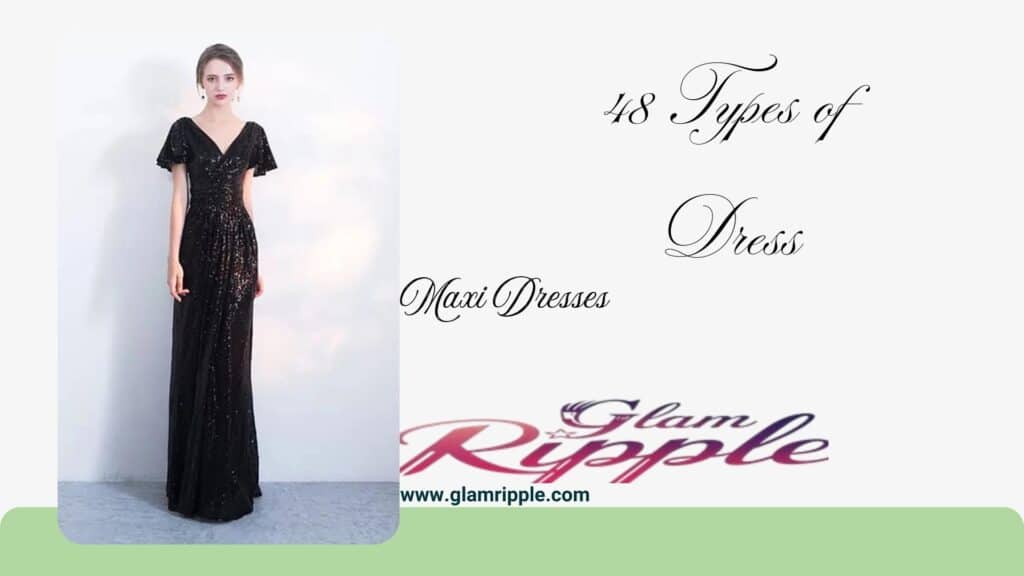
- Length: Ankle to floor-length
- Best for: Beach vacations, formal events
- Styling tip: Choose flowing fabrics for a graceful look
Dress Types by Silhouette
Fitted Silhouettes
Bodycon Dress
48 Dress Types Styles Meanings and How to Wear Them highlight the allure of the bodycon dress a figure-hugging style that celebrates curves.
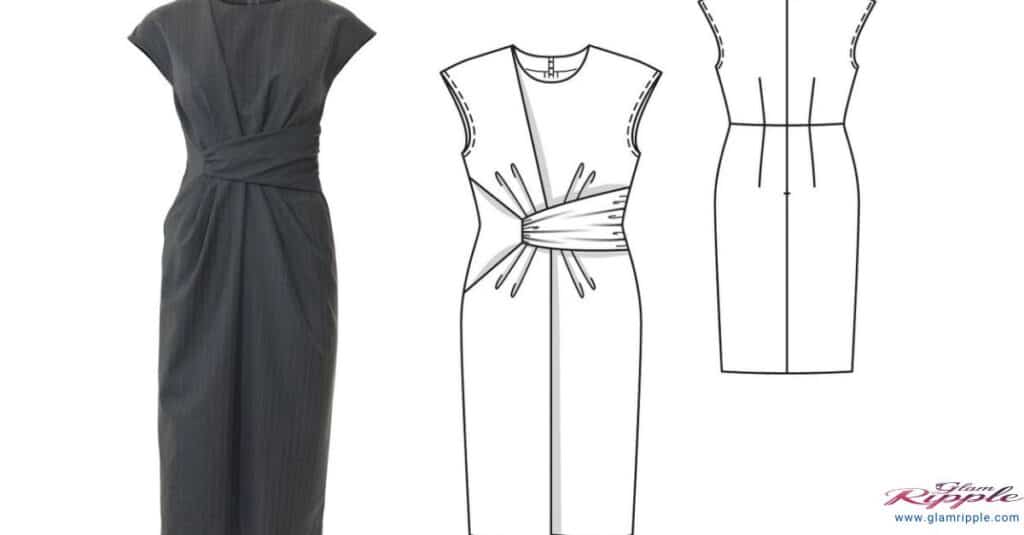
Known for its sexy silhouette, this body-conscious dress is a popular choice for both casual outings and glamorous nights out, blending confidence with style.
- Characteristics: Tight-fitting from chest to hem
- Best for: Confident wearers looking to accentuate their curves
- Styling tip: Balance the tight fit with more modest accessories
Sheath Dress
The sheath dress is a close-fitting dress that creates an elegant silhouette. Often considered formal attire, this fitted gown is a staple in many professional wardrobes.
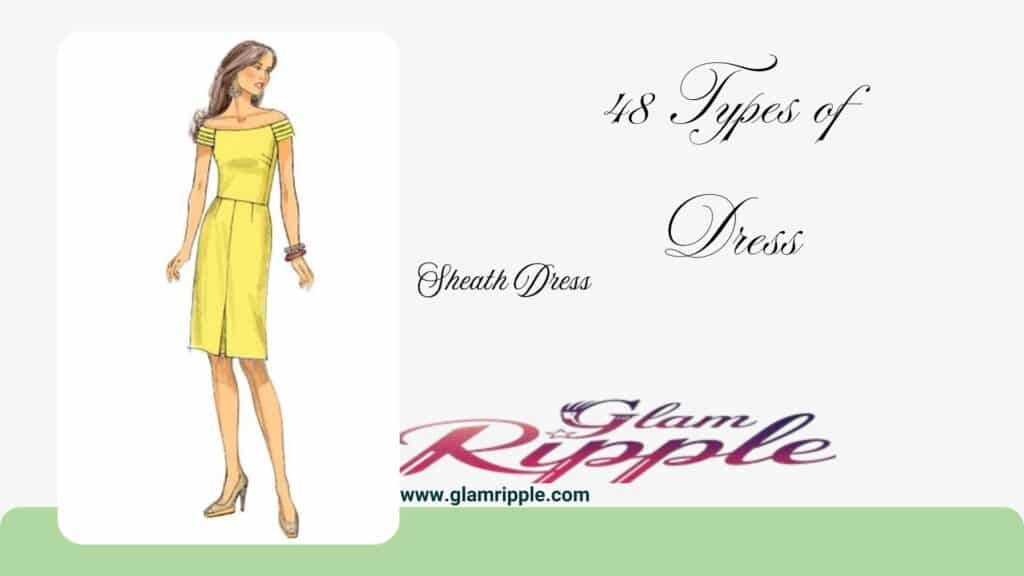
- Characteristics: Narrow, straight cut without a waist seam
- Best for: Office wear, formal events
- Styling tip: Add a blazer for a polished work look
Mermaid or Trumpet Dress
- Characteristics: Fitted through the body and flares out at or below the knee
- Best for: Formal events, weddings
- Styling tip: Keep accessories minimal to let the dramatic silhouette shine

A-line Silhouettes
Classic A-line
- Characteristics: Fitted at the hips and gradually widens towards the hem
- Best for: Most body types, versatile for various occasions
- Styling tip: Cinch with a belt to define the waist

Princess or Ballroom Dress
- Characteristics: Fitted bodice with a full, floor-length skirt
- Best for: Formal events, weddings
- Styling tip: Choose luxurious fabrics for a truly regal look

Empire Waist Dresses
- Characteristics: High waistline sits just below the bust
- Best for: Creating a lengthening effect, maternity wear
- Styling tip: Pair with long necklaces to complement the high waistline
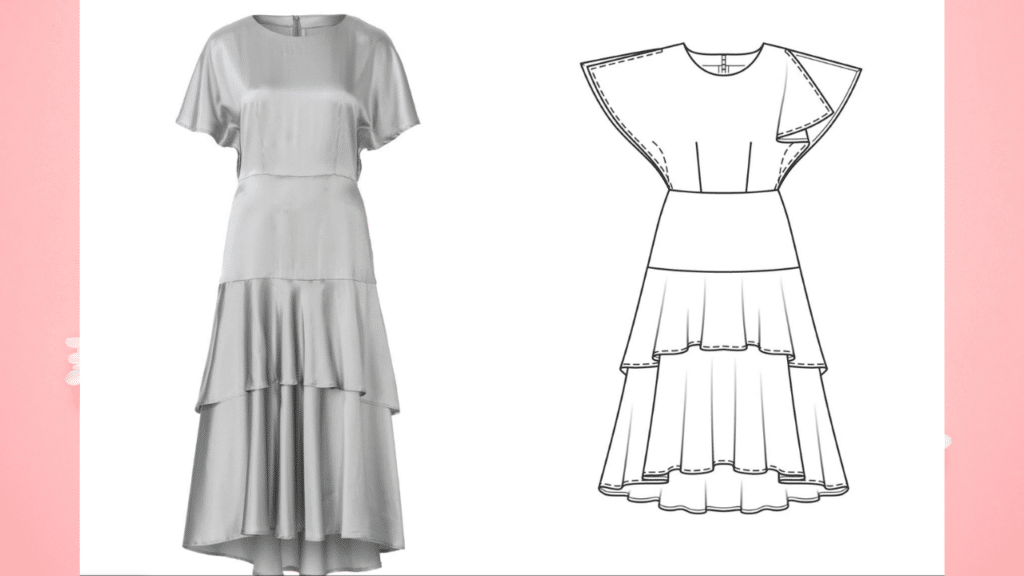
Shift Dresses
The shift dress is a loose-fitting dress with a straight-cut design. This casual style is known for its relaxed fit and comfort.

- Characteristics: Hangs straight down from the shoulders
- Best for: Casual outings, work in creative environments
- Styling tip: Add a belt to create shape if desired
Wrap Dresses
48 Dress Types Styles Meanings and How to Wear Them spotlights the wrap dress, celebrated for its adjustable fit and waist-accentuating design.
With its signature V-shaped neckline, this versatile style remains a timeless favorite in fashion, effortlessly blending comfort and elegance.
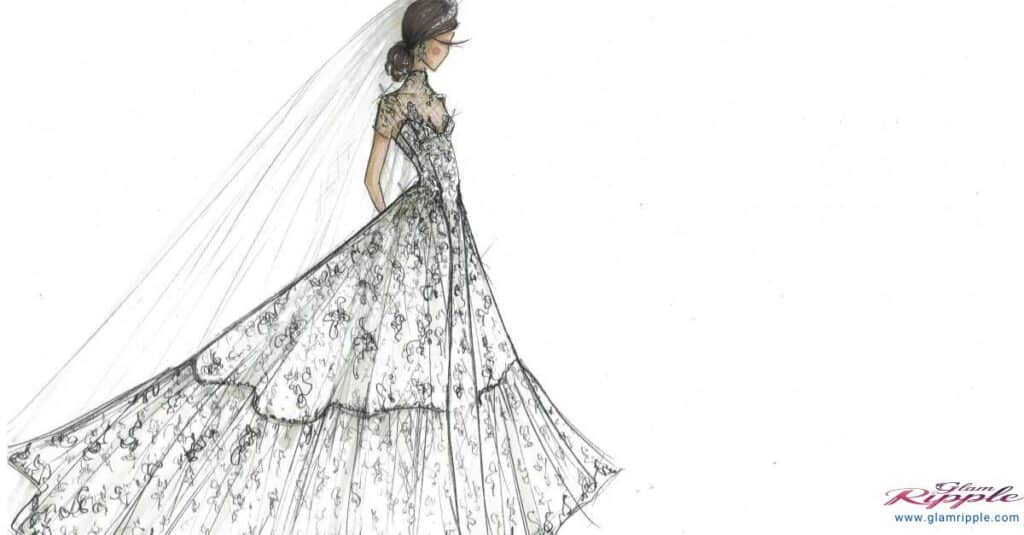
- Characteristics: Wraps around the body, typically tied at the waist
- Best for: Most body types, office wear, date nights
- Styling tip: Adjust the wrap to create the most flattering neckline for your body
Dress Types by Neckline and Shoulders
Off-Shoulder Dresses
The off-shoulder dress is a shoulder-exposing, feminine dress that has become increasingly popular in recent years. This neckline style is perfect for elegant wear and evening dresses.
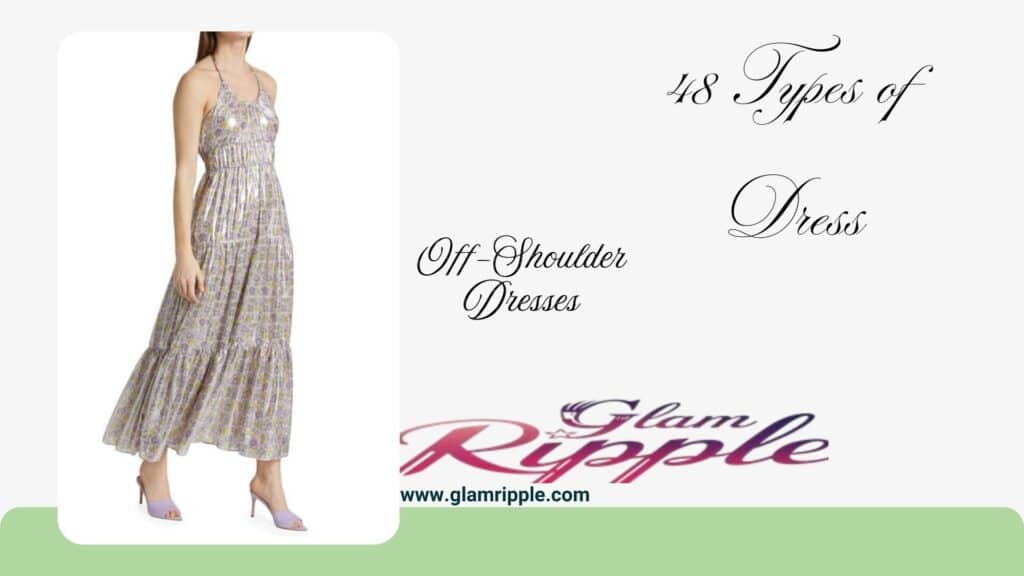
- Characteristics: Neckline that sits below both shoulders
- Best for: Showcasing collarbones and shoulders
- Styling tip: Pair with statement earrings to draw attention to the neckline
One-Shoulder Dresses
- Characteristics: Asymmetrical neckline with one shoulder bare
- Best for: Adding a touch of drama to an outfit
- Styling tip: Choose a side-swept hairstyle to complement the asymmetry
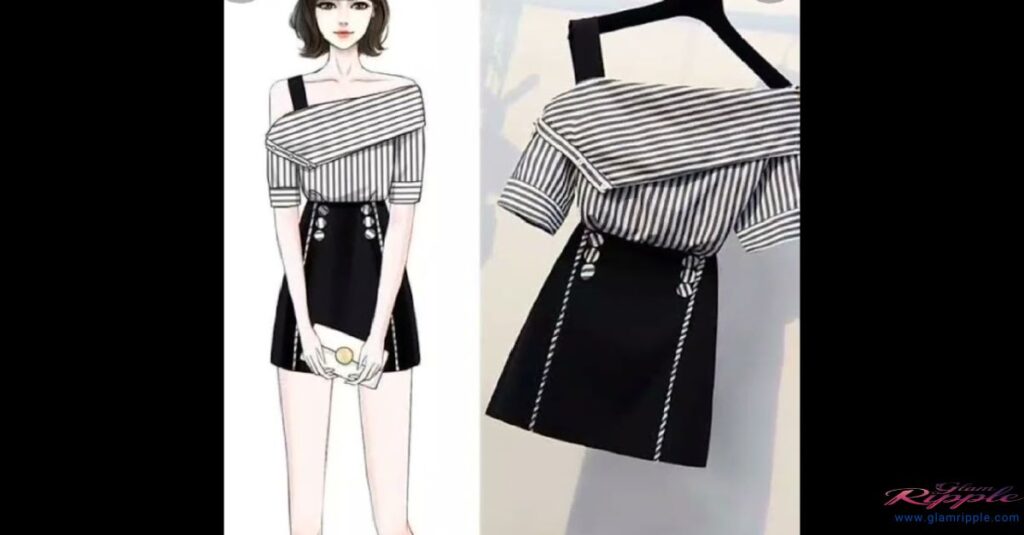
Halter Dresses
- Characteristics: Sleeveless style that wraps around the neck
- Best for: Showcasing shoulders and back
- Styling tip: Wear with an updo to highlight the neckline
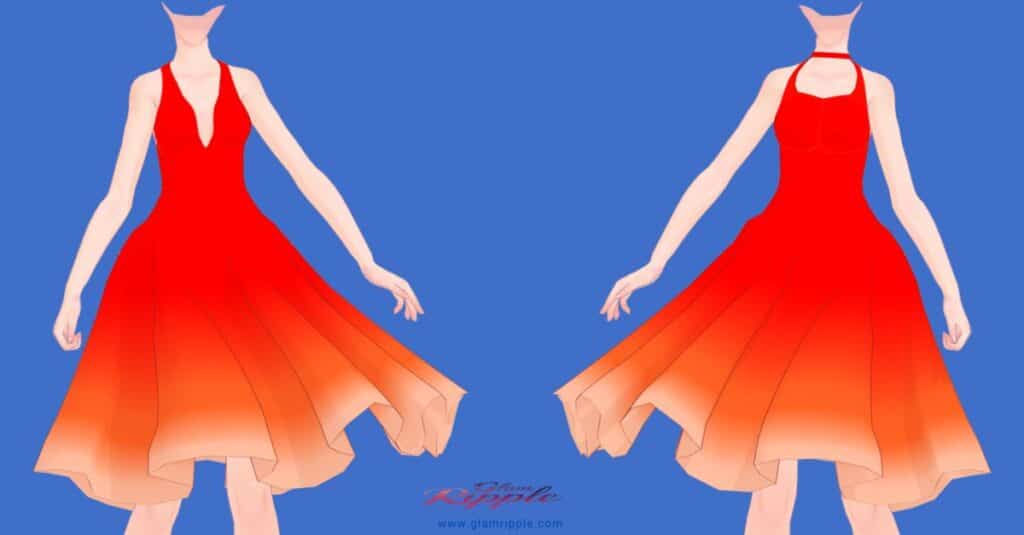
Bardot Dresses
- Characteristics: Off-the-shoulder style with sleeves
- Best for: Creating a romantic, feminine look
- Styling tip: Pair with delicate jewelry to maintain a soft aesthetic
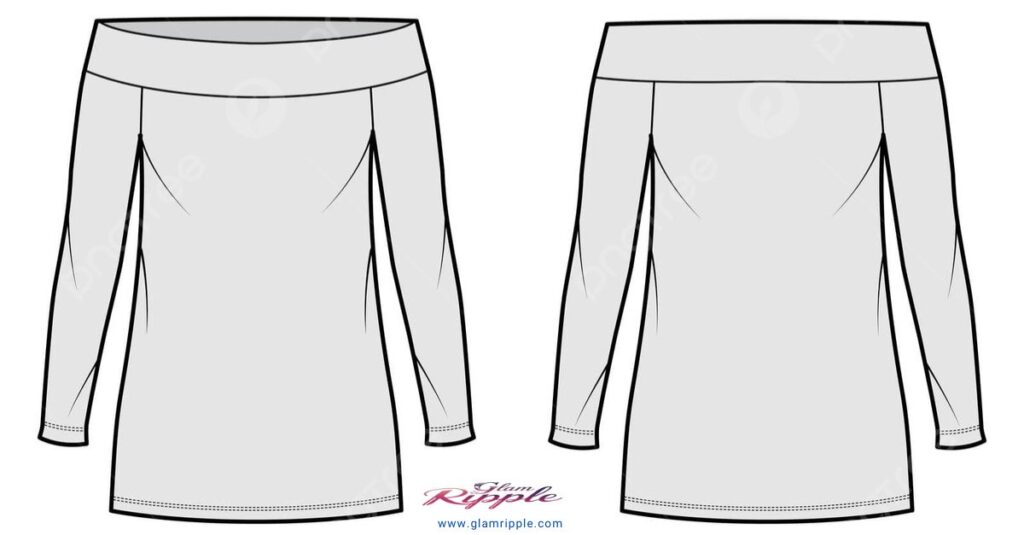
Asymmetric Dresses
The asymmetric dress features an uneven hemline and often incorporates other unique design elements. This fashion-forward style adds visual interest to any outfit and is one of the more intriguing dress variations.
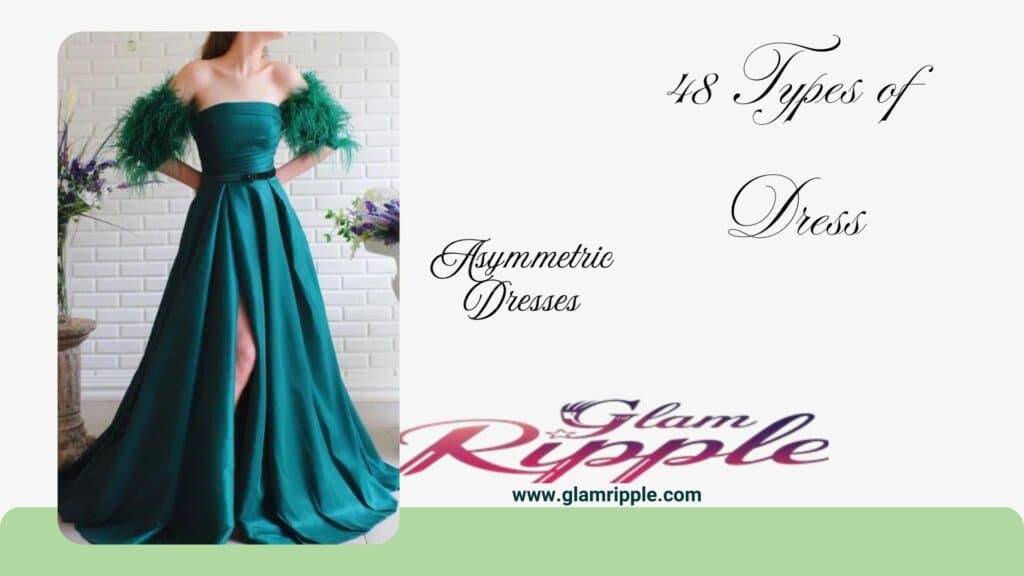
- Characteristics: Uneven hem or neckline
- Best for: Making a fashion statement
- Styling tip: Keep accessories simple to let the dress design shine
Dress Types Inspired by Other Garments
Shirt Dresses
- Characteristics: Dress styled like an oversized button-down shirt
- Best for: Casual outings, office wear
- Styling tip: Add a wide belt to define the waist
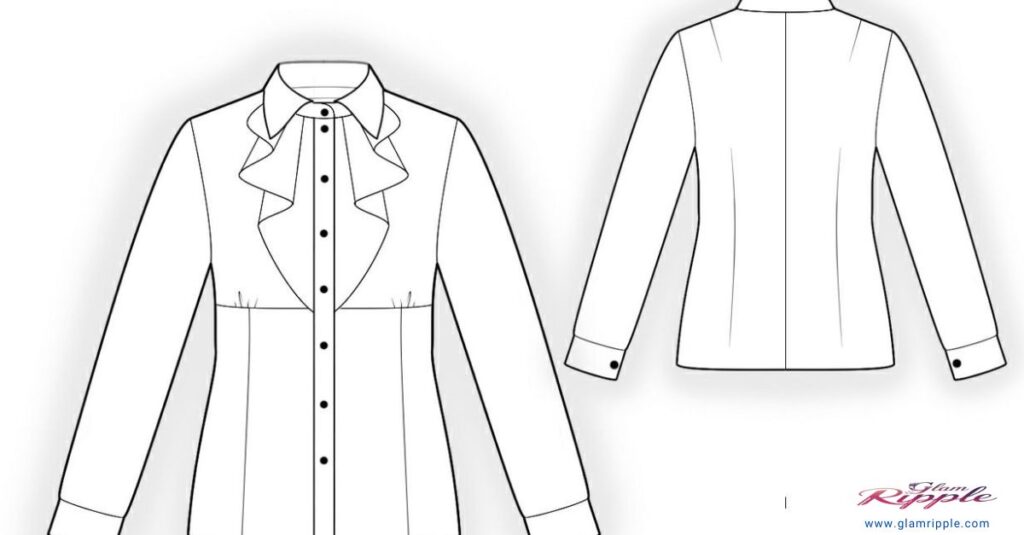
T-Shirt Dresses
- Characteristics: Loose, comfortable dress styled like an oversized t-shirt
- Best for: Casual everyday wear
- Styling tip: Layer with leggings or tights for cooler weather
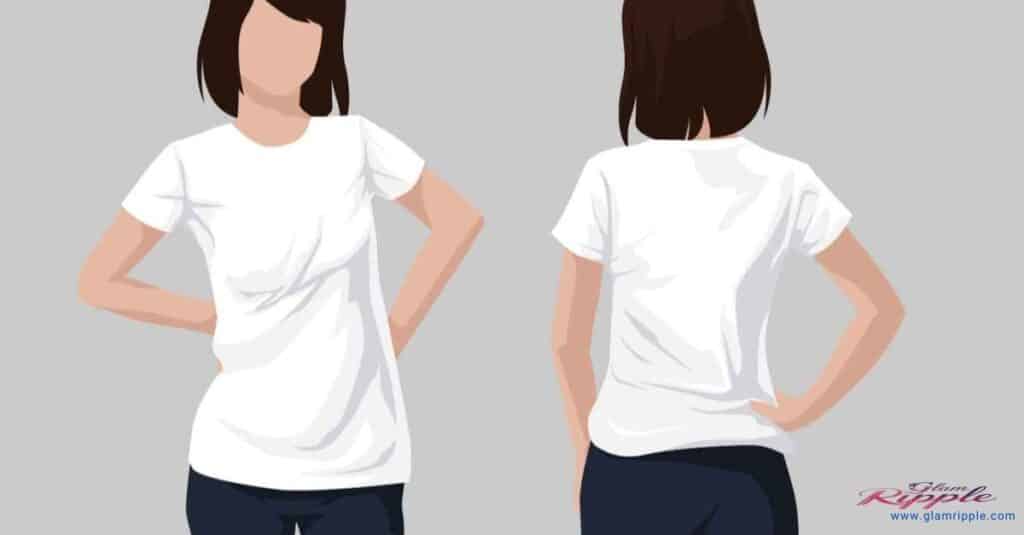
Sweater Dresses
- Characteristics: Dress made from sweater material
- Best for: Fall and winter wear
- Styling tip: Pair with boots and tights for a cozy look

Blazer Dresses
- Characteristics: Dress styled like an oversized blazer
- Best for: Office wear, night out
- Styling tip: Wear with statement heels to balance the masculine-inspired design
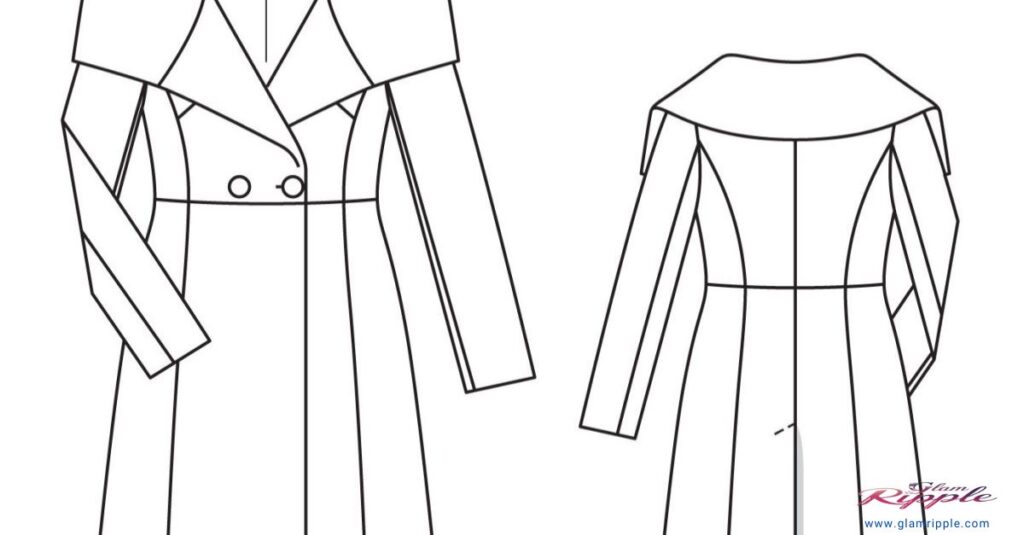
Slip Dresses
- Characteristics: Slinky, often silk dress inspired by undergarments
- Best for: Layering, date nights
- Styling tip: Layer over a turtleneck for a ’90s-inspired look
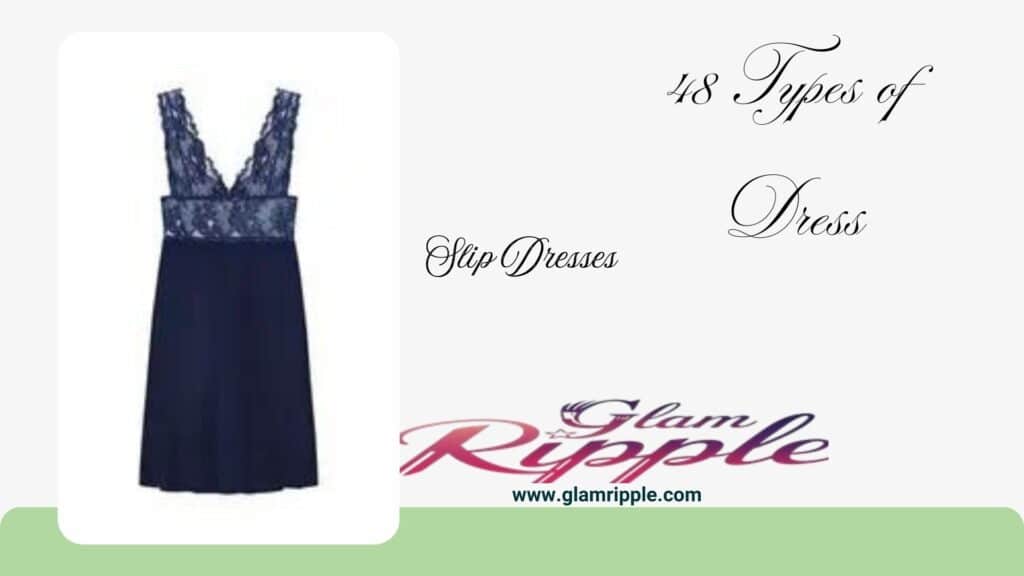
Culturally Inspired Dress Types
Bohemian Dresses
- Characteristics: Flowy, often patterned dresses inspired by 1960s and 1970s fashion
- Best for: Music festivals, beach vacations
- Styling tip: Accessorize with layered jewelry and sandals

Peasant Dresses
- Characteristics: Loose-fitting dress with gathered neckline and sleeves
- Best for: Casual wear, summer events
- Styling tip: Pair with espadrilles for a rustic-chic look
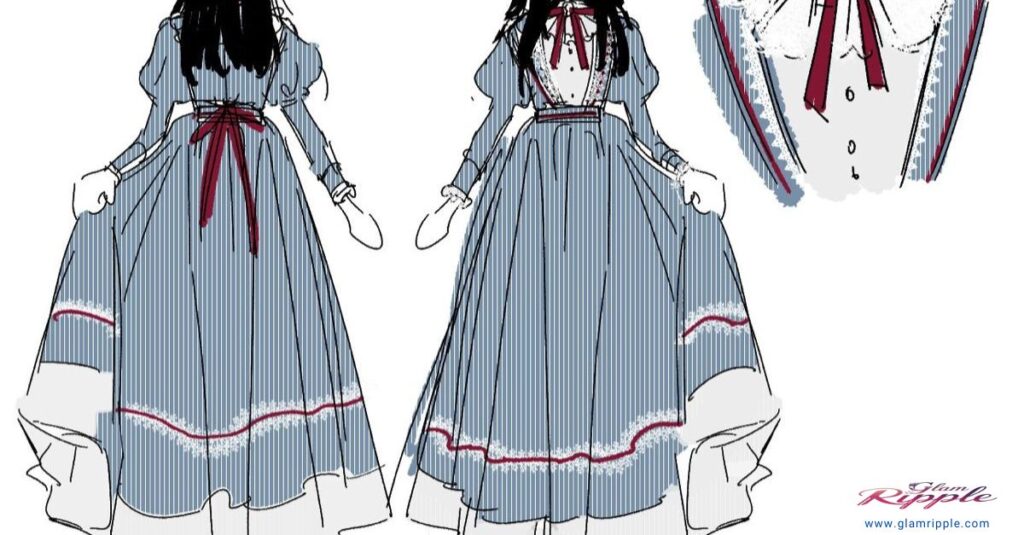
Kaftan Dresses
- Characteristics: Loose, often colorful dress with Middle Eastern origins
- Best for: Beach cover-ups, resort wear
- Styling tip: Belt at the waist for a more defined silhouette
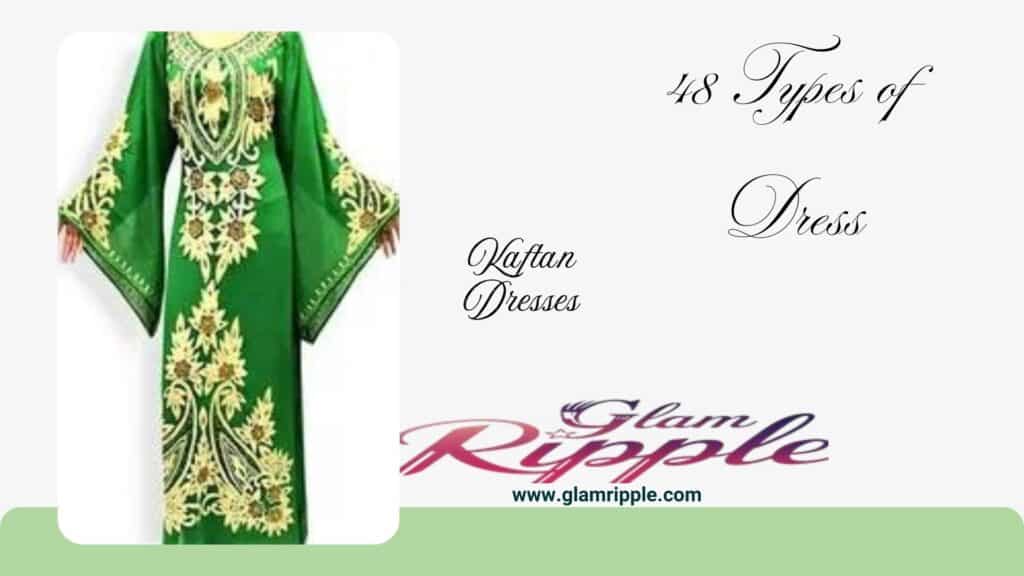
Kimono Dresses
48 Dress Types Styles Meanings and How to Wear Them introduces the kimono dress, inspired by traditional Japanese attire. With its wrap-style design, flowing silhouette, and often intricately patterned fabric, this unique dress adds an elegant cultural flair to any wardrobe.
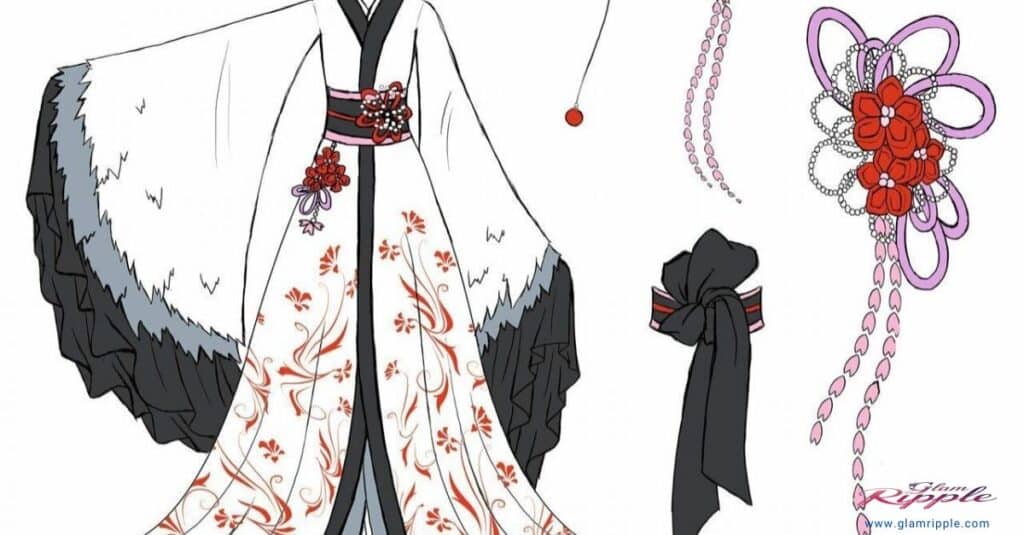
Read more about Dress Length and Dress Types
- Characteristics: Wide sleeves, wrap closure
- Styling tip: Choose bold patterns for a statement look
Qipao (Cheongsam) Dresses
- Characteristics: Form-fitting Chinese dress with a high collar and side slits
- Best for: Formal events, cultural celebrations
- Styling tip: Choose traditional silk fabrics for an authentic look
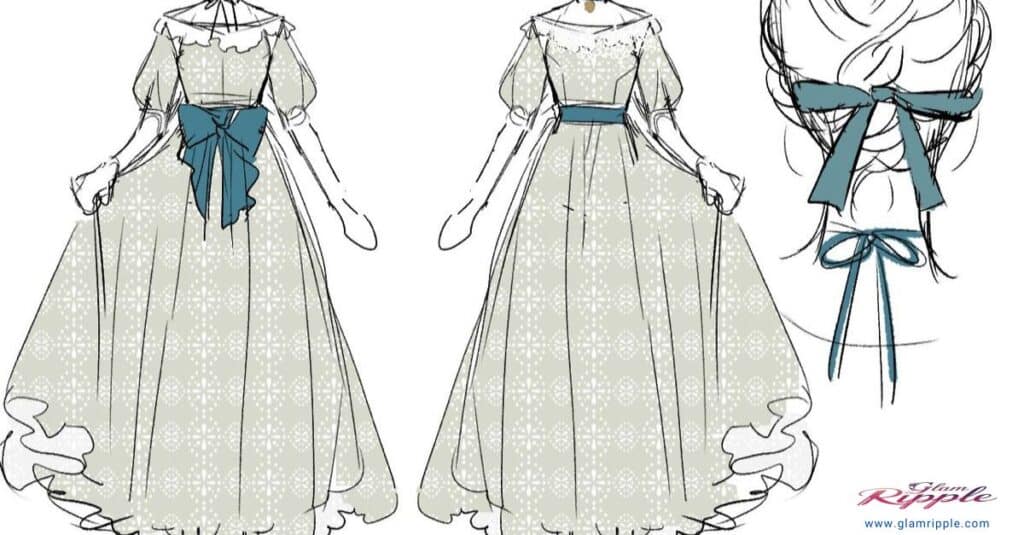
Dress Types for Specific Occasions
Sundresses
The sundress is the quintessential summer dress. Made from lightweight fabric, this casual style is perfect for warm-weather wear and often features floral patterns.
- Characteristics: Light, airy dress often with thin straps
- Best for: Beach days, picnics, casual summer events
- Styling tip: Pair with a wide-brimmed hat for sun protection

Prom Dresses
- Characteristics: Formal, often floor-length dresses
- Best for: High school proms, formal dances
- Styling tip: Choose a style that makes you feel confident and comfortable

Wedding Dresses
- Characteristics: Formal, often white dresses in various styles
- Best for: Weddings (of course!)
- Styling tip: Consider your venue and personal style when choosing a wedding dress
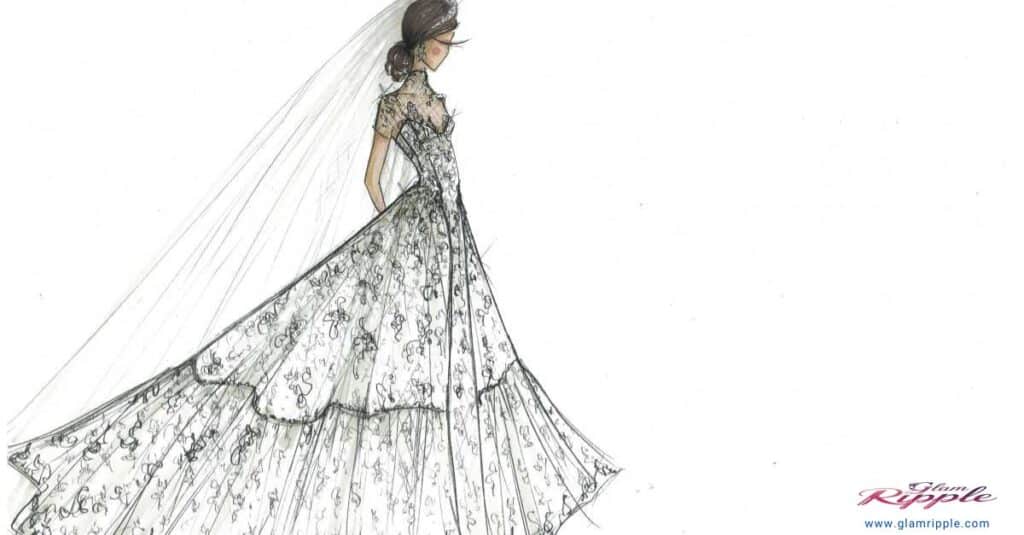
Little Black Dress (LBD) with 48 Dress Types: Styles, Meanings, and How to Wear Them
- Characteristics: Versatile, often simple black dress
- Best for: Cocktail parties, date nights, any occasion requiring a quick, stylish option
- Styling tip: Accessorize to dress up or down depending on the occasion
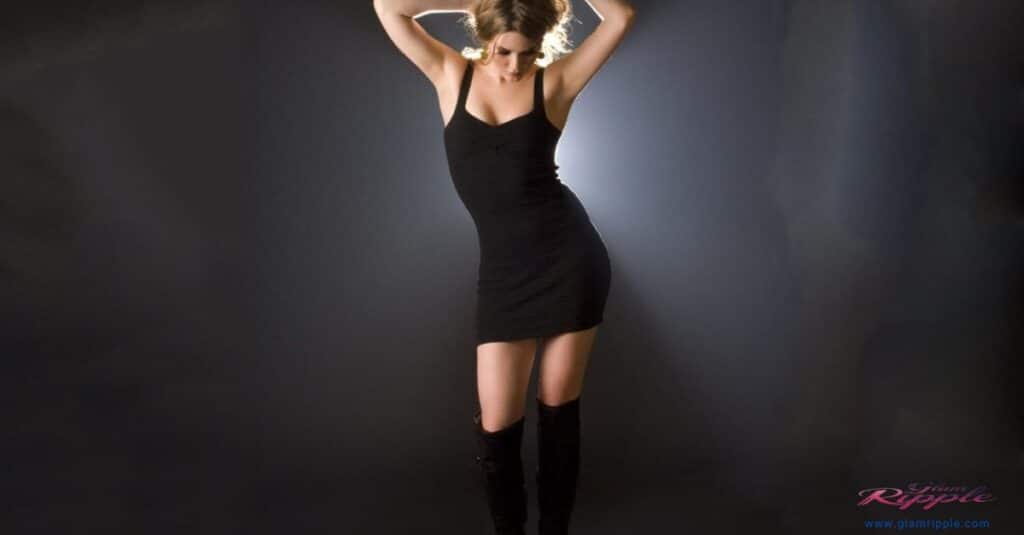
Dress Types with Unique Features
Peplum Dresses
- Characteristics: Fitted bodice with a short, flared ruffle at the waist
- Best for: Creating the illusion of an hourglass figure
- Styling tip: Choose a peplum that hits your natural waist for the most flattering look

Tiered Dresses
- Characteristics: Multiple layers of fabric creating a tiered effect
- Best for: Adding volume and interest to a silhouette
- Styling tip: Keep accessories minimal to let the dress design shine
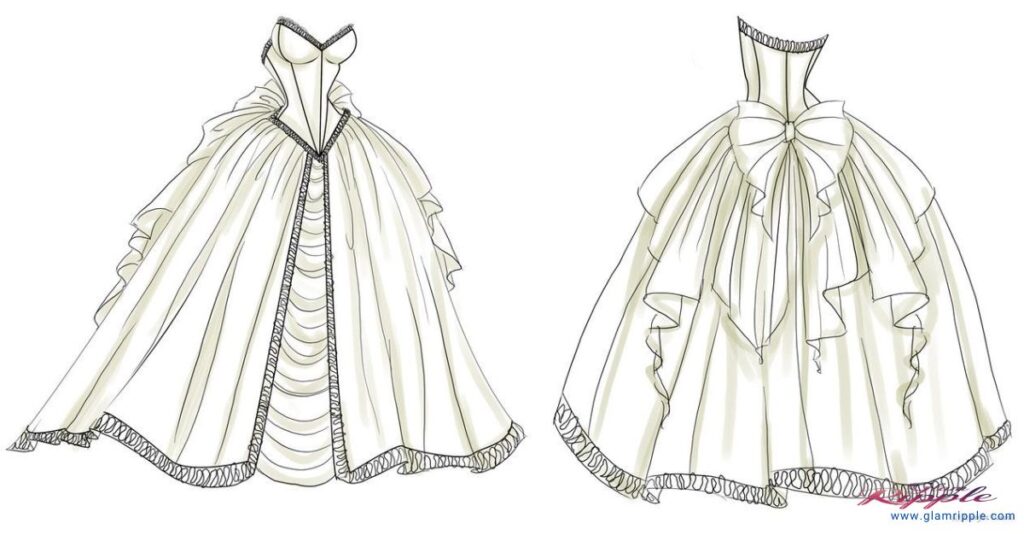
Balloon or Pouf Dresses
- Characteristics: Voluminous silhouette that “balloons” out
- Best for Making a bold fashion statement
- Styling tip: Balance the volume with sleek, simple accessories
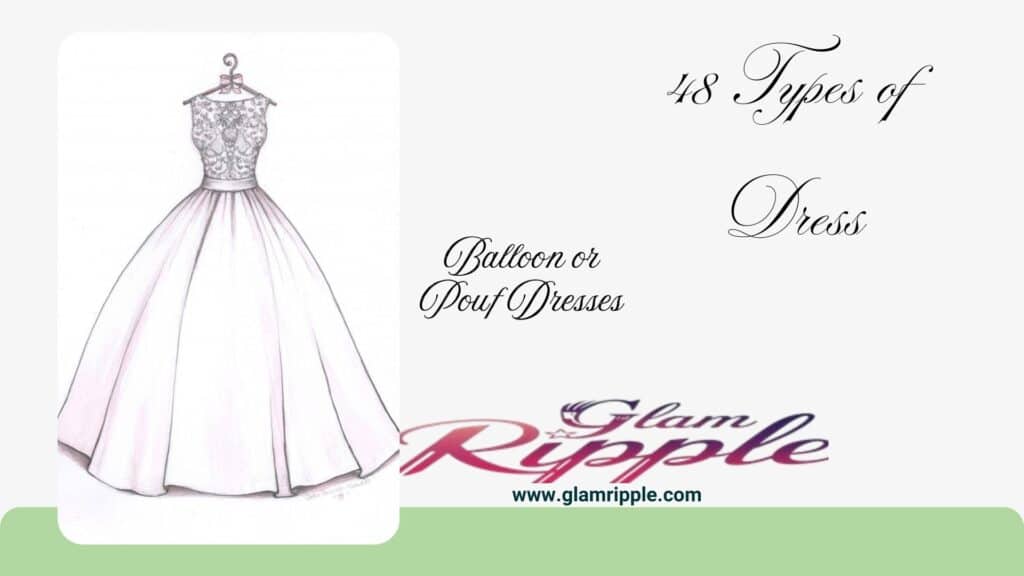
How to Choose the Right Dress Type
Selecting the perfect dress involves considering several factors:
- Body shape
- Occasion
- Personal style
- Comfort
- Season
Here’s a quick guide to help you choose:
| Body Shape | Recommended Dress Types |
| Hourglass | Wrap, bodycon, sheath |
| Pear | A-line, fit-and-flare |
| Apple | Empire waist, shift |
| Rectangle | Peplum, belted styles |
| Inverted Triangle | A-line, maxi |
Remember, these are just guidelines. The most important factor is how you feel in the dress!
Styling Tips for 48 Dress Types: Styles, Meanings, and How to Wear Them
- Accessorizing:
- Long necklaces for high necklines
- Statement earrings for off-shoulder or one-shoulder styles
- Bracelets for sleeveless dresses
- Layering options:
- Cardigans over sundresses for cooler evenings
- Turtlenecks under slip dresses for a ’90s vibe
- Blazers over sheath dresses for a professional look
- Footwear pairings:
- Sneakers with casual T-shirt dresses
- Heels with cocktail dresses
- Ankle boots with sweater dresses
Care and Maintenance of Dresses
Proper care can extend the life of your dresses:
- Always check the care label before washing
- Hang delicate dresses to dry
- Store formal dresses in garment bags
- Use padded hangers for heavy dresses to maintain shape
Sustainability in Dress Fashion
As we become more conscious of our environmental impact, consider these sustainable options:
- Invest in timeless styles that won’t go out of fashion
- Choose dresses made from eco-friendly materials like organic cotton or Tencel
- Explore vintage and second-hand options
- Learn basic alteration skills to upcycle and repurpose your dresses
Conclusion
From the casual sundress to the elegant evening gown, dresses offer endless possibilities for expressing your style. By understanding the characteristics and best uses of different dress types, you can make informed choices that flatter your body and suit any occasion. Remember, the best dress makes you feel confident and comfortable. So go ahead, explore these diverse dress styles, and find the perfect additions to your wardrobe!

Mickel Lee is an experienced fashion blogger at Glamripple, with a keen eye for style and a passion for sharing the latest trends. With years of experience in the fashion industry, Mickel offers readers insightful tips, expert advice, and creative inspiration to elevate their style. His articles blend practicality with flair, making fashion accessible and exciting for everyone.

